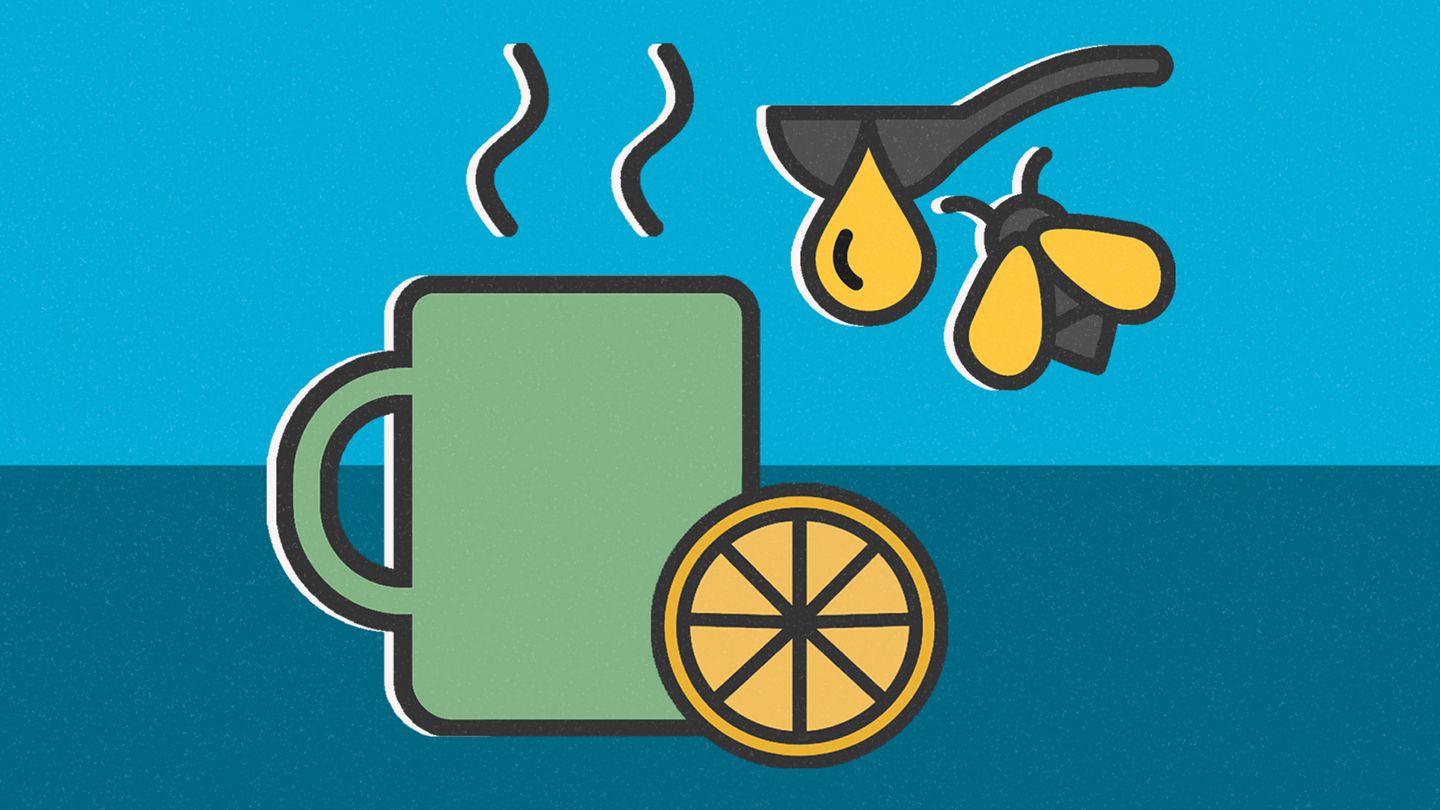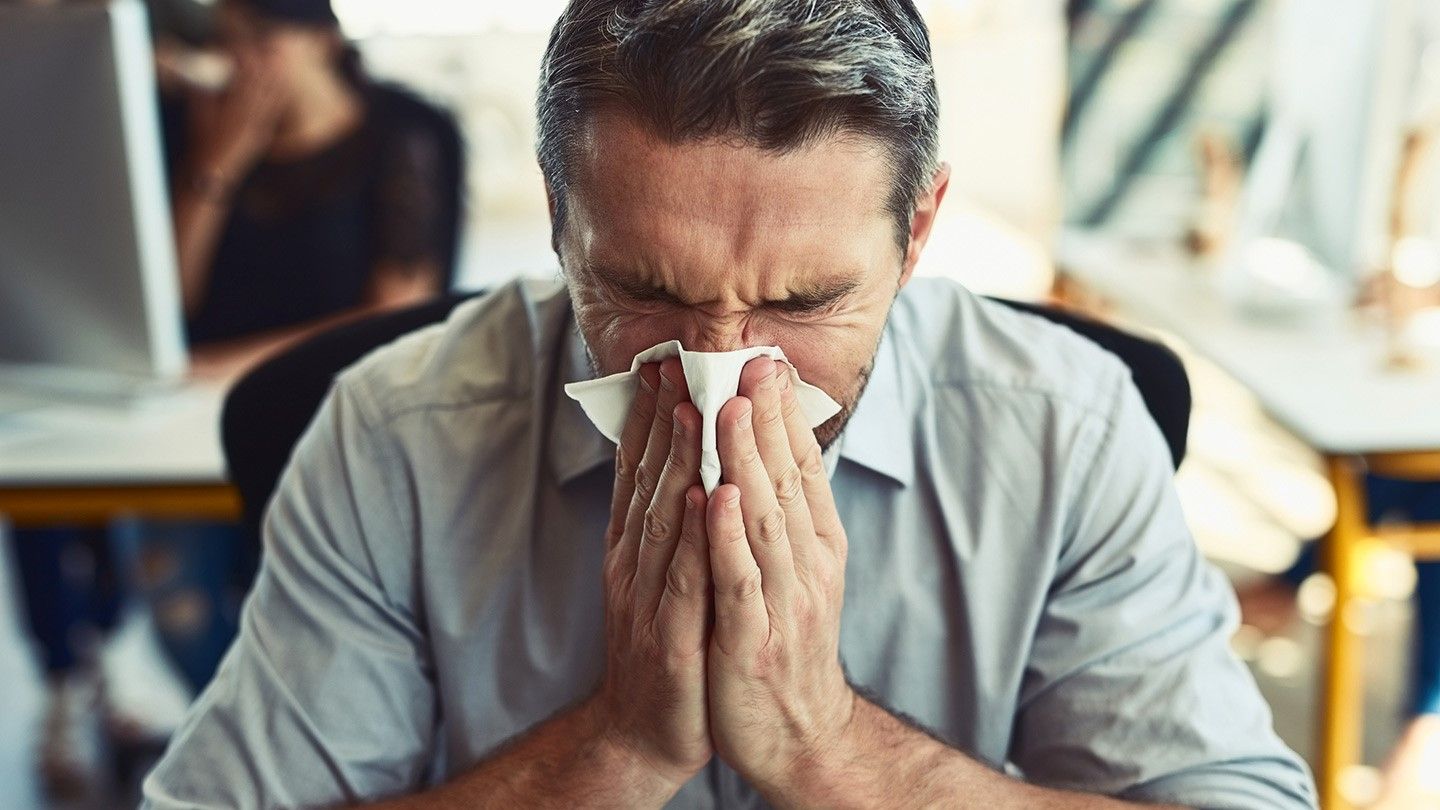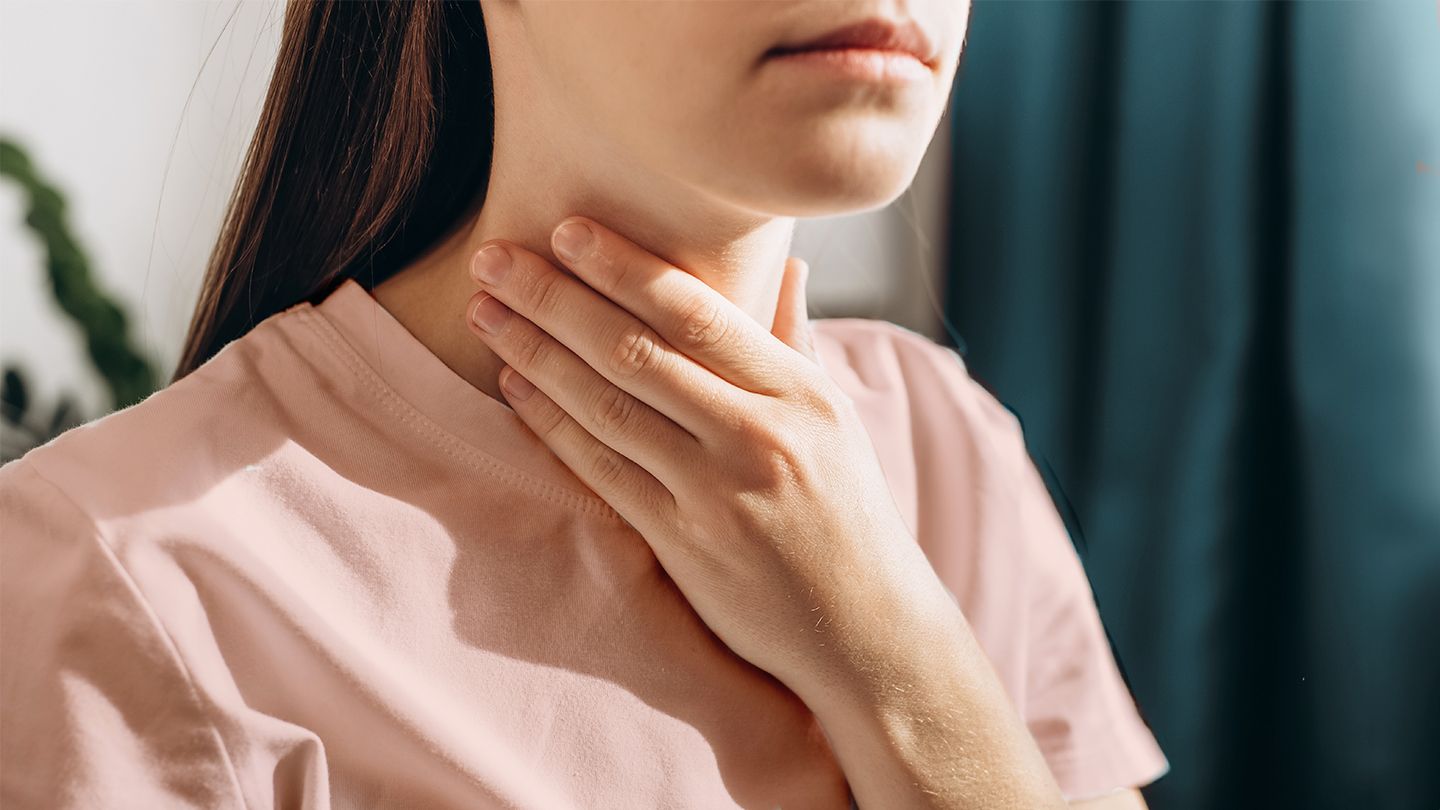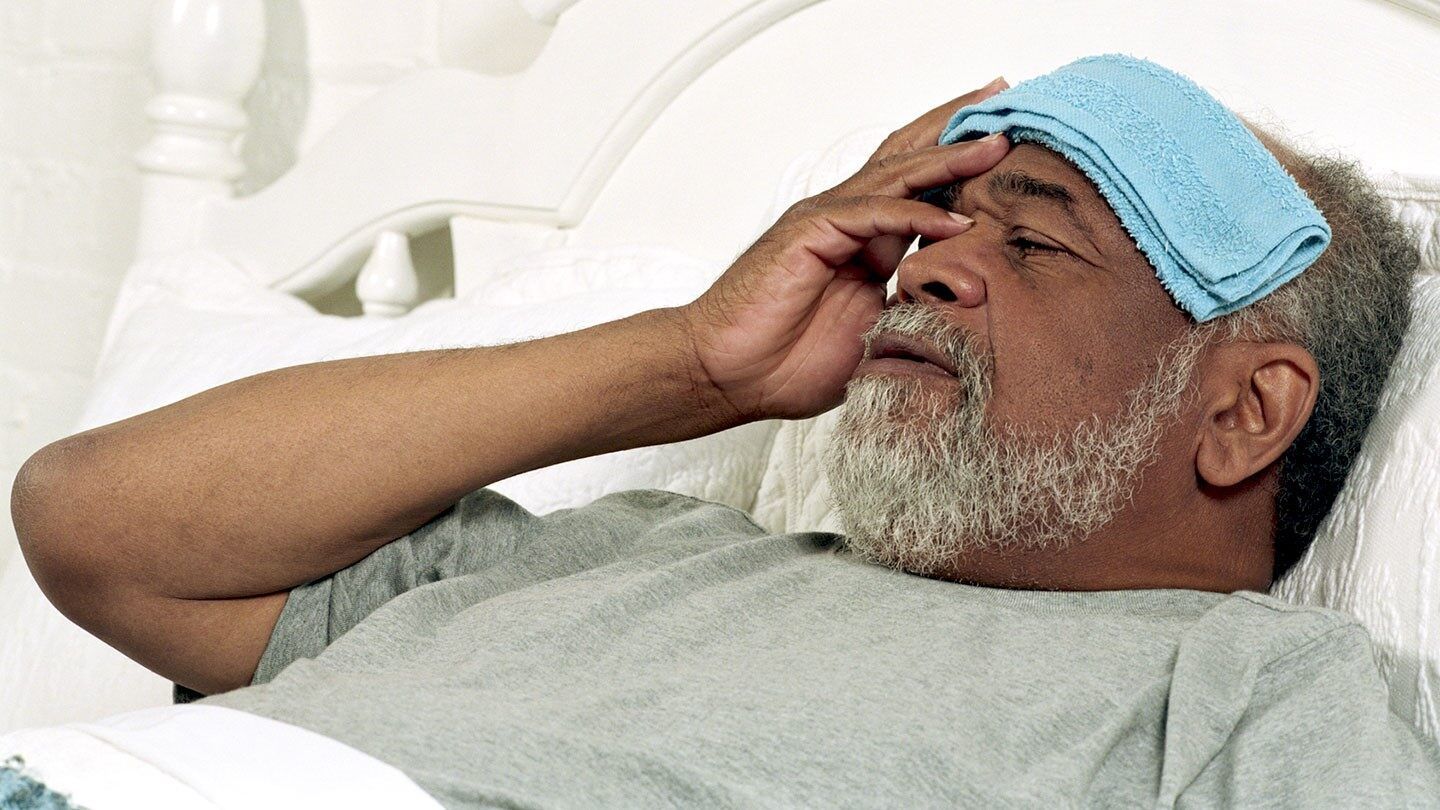Examining some of the Most Unusual Medical Images
The human body is an amazing thing, but it can also be host to some gruesome medical conditions. Doctors and medical professionals often encounter grotesque sights as they treat patients and work to diagnose illnesses. While squeamish people may prefer to look away, these bizarre medical photos can provide important clinical insights.
Here we will examine some of the strangest and most disturbing medical images and the stories behind them. Consider this a caution - the pictures and details may turn your stomach. However, these extraordinary cases expand our medical knowledge and help prepare healthcare providers for handling all types of situations.
Omphalocele
An omphalocele is a rare birth defect where a baby's abdominal organs protrude outside of the navel area. The organs, such as intestines, liver and stomach, are encased in a thin membrane sticking out from the bellybutton. The protruding organs can be dangerously exposed unless wrapped in sterile dressing after birth. Surgery is required to place the organs back into the proper position inside the abdominal cavity.
Teratomas
Teratomas are an unusual type of tumor that can contain hair, bone, muscle and organ tissue. They are thought to develop from germ cells that are supposed to form eggs or sperm but instead transform into tumors. Teratomas can form sac-like growths emerging from the body that may contain distorted body parts like teeth, fingers or even eyes.
Conjoined Twins
Conjoined twins represent a very rare congenital disorder where twins are physically connected. They develop when an embryo only partially separates into two individuals. The twins can be joined at the head, chest, abdomen or pelvis and share organs and limbs. Doctors may attempt surgical separation after birth depending on where the twins are attached.
Neurofibromatosis
Neurofibromatosis is a genetic disorder that causes tumors to grow along nerves in the body. These tumors are usually noncancerous but can be disfiguring as they produce bumps and masses under the skin. The tumors may first appear during childhood years and gradually increase in quantity over time. The abnormal nerve tissue can also develop inside the body around organs like the brain and spinal cord.
Condylomata Acuminata
Condylomata acuminata refers to genital warts caused by the human papillomavirus (HPV). They appear as soft, pink, cauliflower-shaped growths on the skin of the genital area. In some cases, they cluster together in large masses around the genitals and anus. The warts are usually painless but unsightly. Powerful antiviral medications or surgery can be used to destroy visible warts.
Epidermodysplasia Verruciformis
This condition causes people to develop disfiguring skin lesions resembling tree bark across the body from human papillomavirus infection. Reddish wart-like growths spread across the skin, especially on the hands and face. It is an inherited disorder that makes it difficult for the immune system to suppress HPV strains, leading to eruptions of these skin lesions that resemble fungal infections. Management involves options like liquid nitrogen cryotherapy, laser therapy, and medication.
Cutaneous Horn
A cutaneous horn is an unusual growth that protrudes from the skin resembling an animal's horn. It is made of dense, compacted keratin. These horn-like projections arise following long-term sun exposure and tend to occur on areas like the face, ear, nose, forearms and back of the hands. The growths are usually small, but larger ones can develop. Removal involves surgery to cut away the lesion.
Pilonidal Disease
This chronic skin condition results in cysts or abscesses forming in the cleft between the buttocks. It arises when loose hairs puncture the skin and become embedded, leading to infection and pus-filled lesions. The cysts often rupture and leak foul-smelling pus and blood. Management requires draining the abscess and may involve surgery to completely remove all damaged tissue and prevent recurrence.
Hidradenitis Suppurativa
Hidradenitis suppurativa produces painful, deep lesions under the skin usually around the armpits, breast, inner thighs and groin. Recurring bumps, cysts, inflamed nodules and boils emerge, sometimes hardening into extensive scar tissue over time. The chronic skin condition is believed to relate to clogged sweat glands and bacterial infection. Severe cases may require surgery to cut out affected areas.
Pachyonychia Congenita
This rare genetic disorder affects keratin production, leading to abnormal thickening of the nails and calluses on the palms and soles. The nail beds thicken dramatically and can distort and twist the nail growth, becoming discolored and painful. Thick, disfiguring calluses develop on the hands and feet, accumulating layers of hard skin. The thick calluses on the soles crack painfully. Regular trimming and debridement manage symptoms.
Foreign Body Injection
Some people will intentionally inject or insert foreign objects like needles, pins, screws or household objects under their skin as a form of self-harm or self-expression. This can lead to infection or painful skin lesions at the injection sites. The foreign material may need to be surgically removed if it causes complications. Most cases involve injection of silicone or other substances into the face or breasts to alter physical appearance.
Liver Flukes
A liver fluke is a parasitic flatworm that infects the liver of various mammals, including humans. One species called Fasciola hepatica infects sheep and cattle but can spread to humans that eat contaminated freshwater plants. The larvae burrow through the intestinal wall and migrate to the liver, damaging the organ by burrowing through the tissue. They can cause severe symptoms like liver enlargement, nausea, fever, jaundice and anemia.
Mycetoma
This chronic skin condition involves fungal or bacterial infection deep under the skin, forming granulomas that gradually enlarge. It can look like a tumor as it causes hard swelling and bulbous deformity, usually on the foot or leg. Draining sinuses may open releasing pus and blood. The lumps slowly increase in size and number, destroying tissue. Antibiotics can sometimes be used, but surgical removal of infection may be required.
Fibrous Dysplasia
This disorder causes normal bone to be replaced with fibrous tissue, leading to deformity and weakness. It can produce a ground glass appearance on imaging due to poor mineralization and abnormal tissue. The lesions expand gradually, causing pain, deformity, and risk of fracture. Bones of the face and skull can be affected, resulting in a leonine facies appearance. Treatment aims to manage symptoms and stabilize the lesions from expanding.
Gout
This form of inflammatory arthritis develops due to excess uric acid buildup in the joints. Gout can cause intense pain and swelling, often initially in the big toe joint which becomes red, shiny and distended. Lumpy deposits of uric acid crystals form in and around the joint. Other joints like ankles, knees, wrists and fingers can also be affected. Pictures show the inflammatory, arthritic damage it can cause.
Dracunculiasis
Also known as Guinea worm disease, this infection causes painful lesions when the parasite emerges through the skin. People become infected by drinking water containing dormant Guinea worm larvae. About a year later, a meter-long worm erupts through an agonizing blister, usually on the leg or foot. The worm must be slowly pulled out over several weeks by winding it around a stick. Pictures reveal the horrifying lesions.
Onchocerciasis
This tropical disease is caused by parasitic worms transmitted through blackfly bites. The larvae migrate under the skin and form nodules or "onchocercomas". These lumps under the skin can range from pea-sized to several centimeters. Over time, they can cause thickening of tissue and sagging skin. When the worms die, they elicit an inflammatory reaction that can cause itching, lesions and vision loss.
Pediculosis Pubis
Pediculosis pubis is an infestation of lice affecting the pubic hair region, also known as crabs. The lice
FAQs
Why do doctors take and share gruesome medical photos?
These disturbing images serve an educational purpose for doctors. Rare conditions and extreme manifestations of disease can elucidate the medical field's understanding. Photos also prepare healthcare workers to handle challenging cases.
What are some of the grossest parasitic infections?
Some of the most grotesque parasitic diseases include Guinea worm disease, where a worm emerges slowly through the skin, and liver flukes, where worms burrow through liver tissue. Images show the creatures inside the human body.
What birth defects can produce disturbing photos?
Severe birth defects like conjoined twins, Sacrococcygeal teratoma (tumors on the tailbone), and Harlequin Ichthyosis (thick, cracked skin) can yield unsettling images due to their abnormal physical appearance.
What conditions cause the most shocking skin lesions?
Some conditions producing remarkable skin distortions include cutaneous horns, epidermodysplasia verruciformis (scaly wart-like growths), and advanced untreated leprosy resulting in tissue damage.
Why do some people intentionally insert objects under their skin?
Some forms of extreme body modification involve inserting objects like implanted silicone horns and injected microchips. Psychological issues like body dysmorphia or obsessive self-expression drive some of theseshocking behaviors.
Disclaimer: This article is for informational purposes only and does not constitute medical advice. Always consult with a healthcare professional before starting any new treatment regimen.
Related Coverage
Get tips for dissolving crystallized honey into cold water, drinks and DIY cough/sore throat syrups. Learn why honey solidifies and simple tricks to integrate it....
Chopped onions and raw honey make traditional cough remedies. Through antibacterial, anti-inflammatory and expectorant properties, onions and honey soothe sore throats....
Learn whether you can safely take Advil and Dayquil simultaneously. Understand risks like organ damage and high blood pressure and follow best practices on dosing and timing....
Artificial intelligence is radically changing how businesses operate and deliver value to customers in the 2020s, from personalized recommendations to streamlined operations....
Naturopathic medicine provides complementary care emphasizing natural treatments, prevention and root causes of illness. Explore top naturopathic doctors in Gilbert, AZ....
Discover the benefits of using tea for decongestant relief. Learn about the best types of tea to help clear your sinuses and reduce inflammation....
Excess phlegm and mucus can be caused by allergies, infections, smoking, GERD, and other issues. A combination of home remedies and medical treatment can provide relief....
Explore 7 natural cough remedies you can find near you, including honey, saltwater gargles, herbal teas, humidifiers, cough drops, and staying hydrated. Embrace remedies from your local community....
Cut through the conflicting advice about carbs with tips on choosing quality whole food carbs in proper portions for weight loss, blood sugar control, energy and health....
Soothe sinus pain and pressure with effective natural remedies like steam, salt therapy, herbs, and diet changes. Natural treatments provide safe sinusitis relief....









